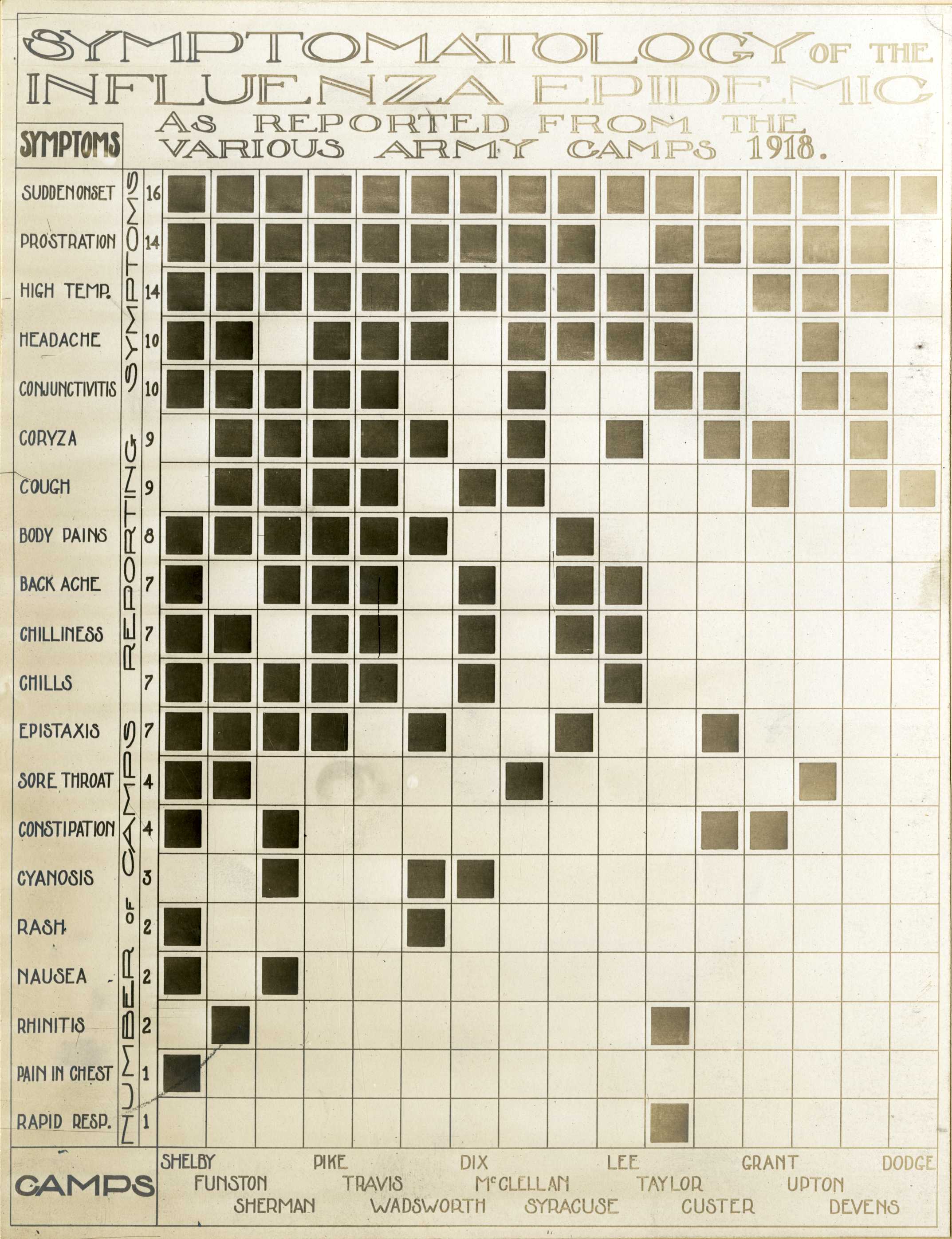
Photo from academic.microsoft.com
OBJECTIVES Given theoretical and methodological advances that propose hypothesis about change in one or multiple processes, analytical methods for longitudinal data have been developed that provide researchers with various options… Click to show full abstract
OBJECTIVES Given theoretical and methodological advances that propose hypothesis about change in one or multiple processes, analytical methods for longitudinal data have been developed that provide researchers with various options for analyzing change over time. In this paper, we revisited several latent growth curve models that may be considered to answer questions about repeated measures of continuous variables, which may be operationalized as time-varying covariates or outcomes. STUDY DESIGN AND SETTING To illustrate each of the models discussed and how to interpret parameter estimates, we present examples of each method discussed using cognitive and blood pressure measures from a longitudinal study of aging, the Origins of Variance in the Old-Old study. RESULTS AND CONCLUSION Although statistical models are helpful tools to test theoretical hypotheses about the dynamics between multiple processes, the choice of model and its specification will influence results and conclusions made.
Journal Title: Journal of clinical epidemiology
Year Published: 2017
Link to full text (if available)
Share on Social Media: Sign Up to like & get
recommendations!